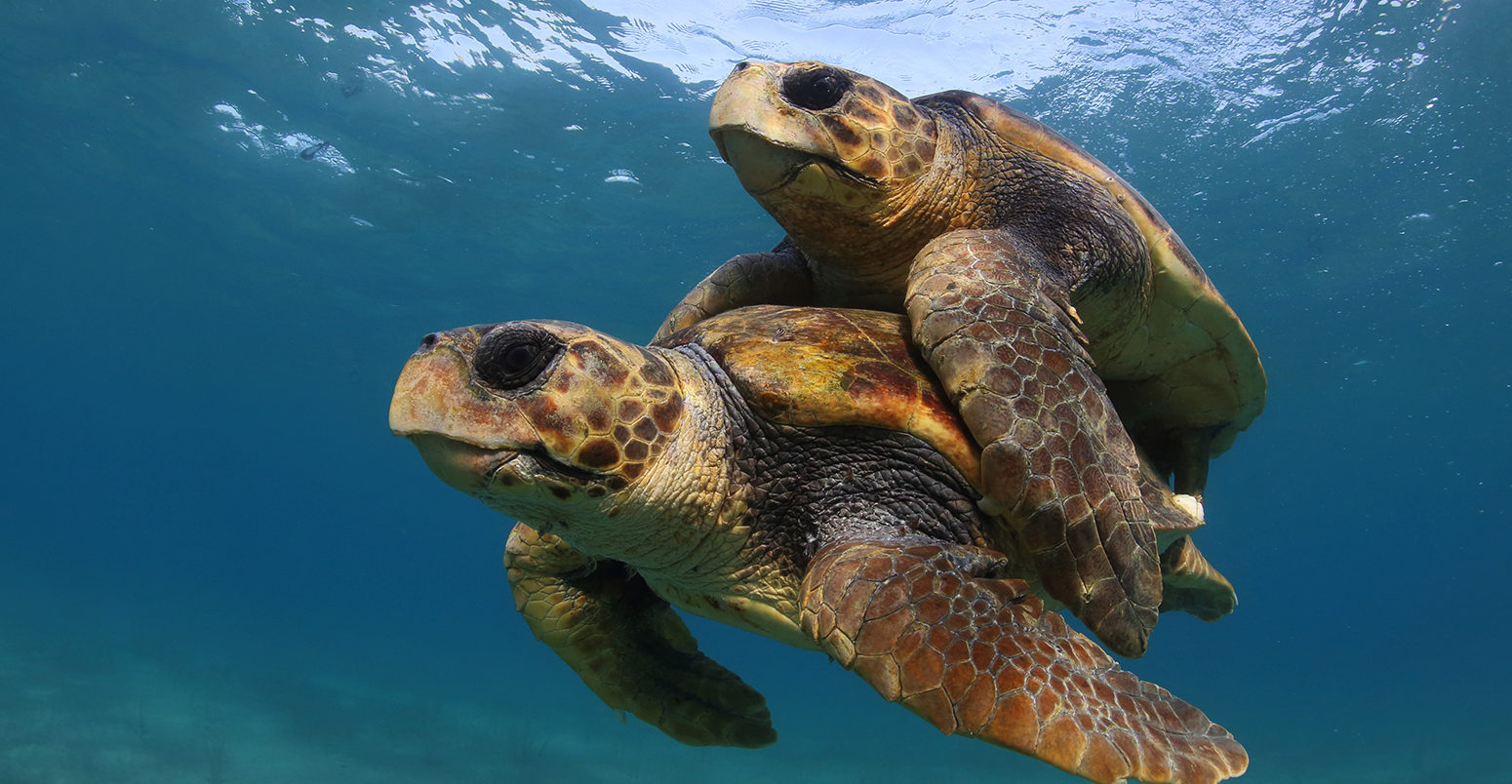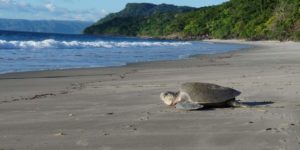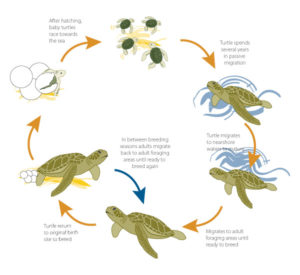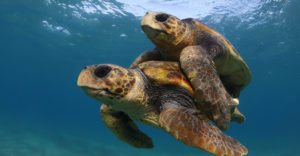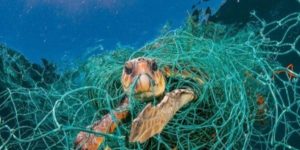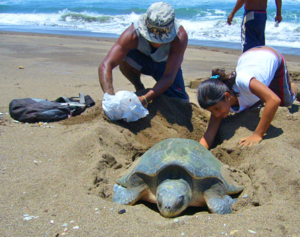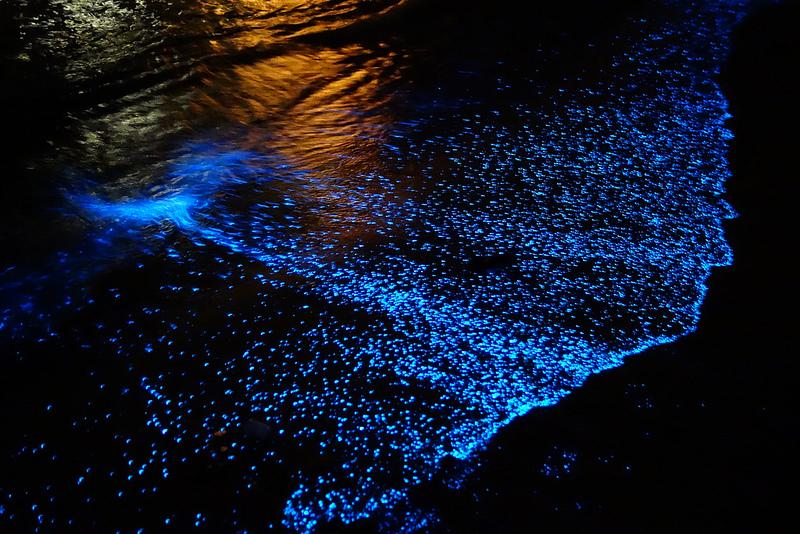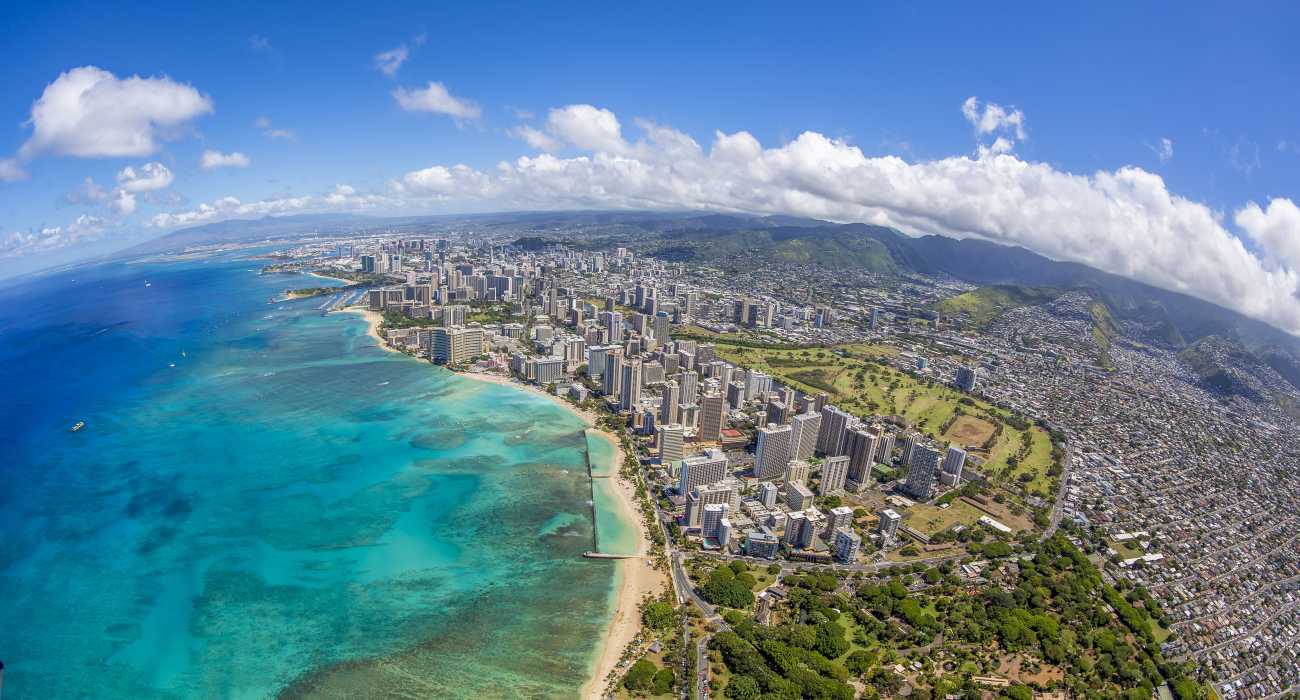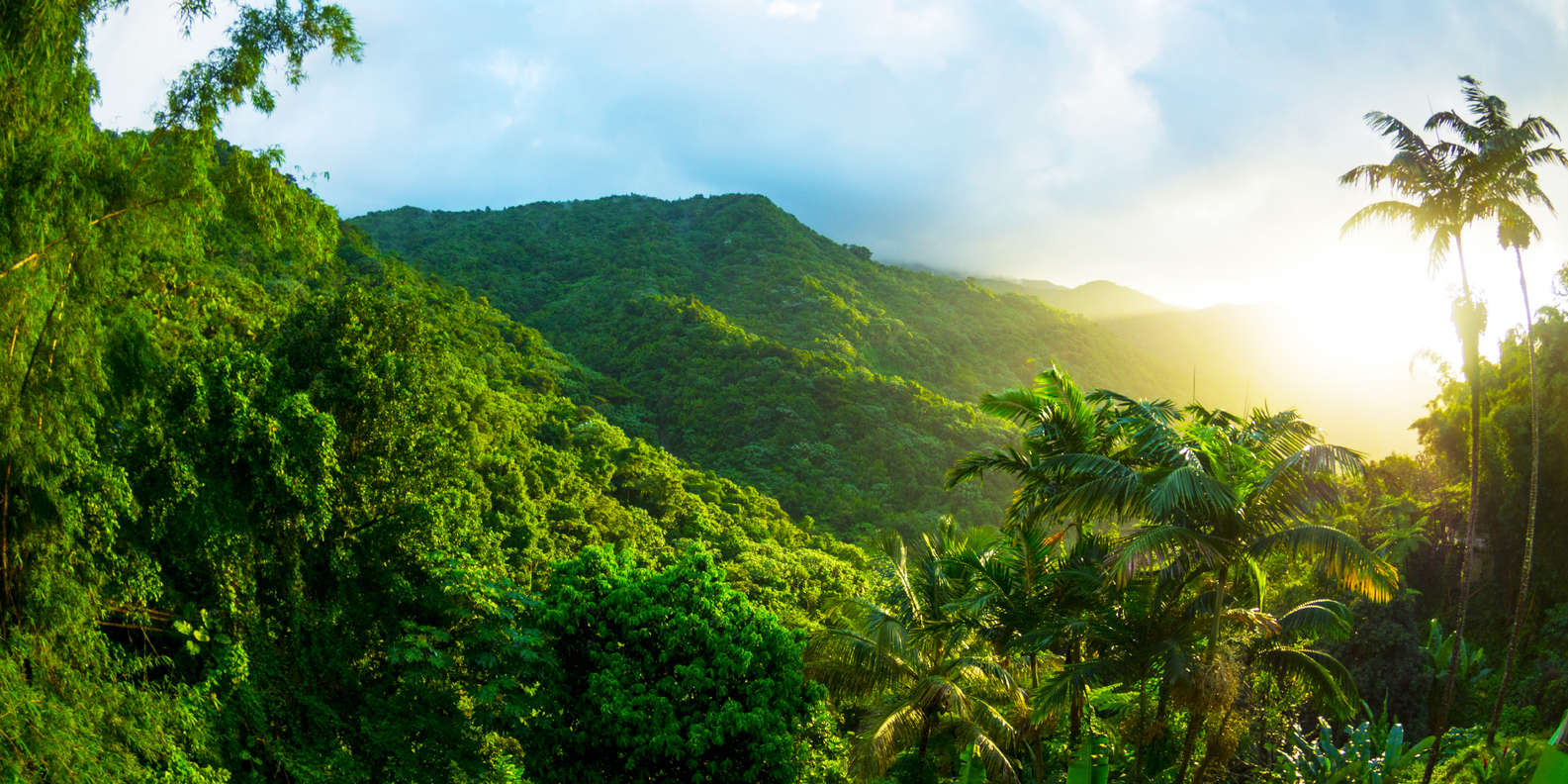Sea Turtles are very popular, large, and air-breathing reptiles. They typically live in tropical and subtropical seas throughout the world. And their hard shell is divided into two parts. They are the upper part (carapace) and the lower part (plastron).
The number and the arrangement of their scutes (hard scales) help determine the variety of species. And most of the species of sea turtles are in the status of the endangered level. Therefore we must help to serve the sea turtles as nature lovers. And this article presents you with some ways to save the sea turtles in Costa Rica.
Help to Save the Sea Turtles in Costa Rica
Reproduction of sea turtles and Growth
Female turtles come ashore to lay the eggs on the sand. Actually, only females come to the land, and males rarely come to the land. Every sea turtle starts their lives as tiny hatchlings on land. As mentioned earlier, in the case of male turtles, they rarely come to the land after crawling into the sea as hatchlings.
And normally, females come to the natal beach (the beach where they were born) for nesting. These nesting seasons occur at different times around the world. For example: in Costa Rica, it occurs from March to October. Most of the females nest at least twice during each mating season. Some may nest up to ten times in a season.
Baby turtles spend their earliest, most vulnerable years floating around the sea in giant beds of sargasso seaweeds. Then they can get nutrients from those seaweeds and grow. Once they grow larger, like a big dinner plate size, they tend to travel towards the feeding grounds in nearshore waters.
Since they grow very slowly, they take between 15 to 50 years to reach reproduction maturity. But, maturity time depends on the species. And we all know some species of sea turtles can live more than 100 years.
Current Status of the Sea Turtle Species
During the past 100 years, the demand for turtle meat, eggs, skin, and colorful shells was increased. Due to that reason, basically, their population was reduced and some species labeled as endangered. Destruction of feeding and nesting habitats and the world’s ocean population are all taking a serious toll on the remaining sea turtle population.
And many breeding populations have already become extinct. On the other hand, some entire species have been wiped out from the earth. Therefore, the researchers predict that sea turtles may be just an oddity found only in aquariums and marine museums shortly. Before that, we should take action and help save the sea turtle in the world.
Endangered, Threatened, and Vulnerable Sea Turtle Species
Under the US endangered species act, Green, Leatherback, and Hawksbill sea turtles are labeled as endangered in the US. And on the other hand, Loggerhead and Olive Ridley are labeled under the threatened category. Under the international categorization, Green, Olive Ridley, and Loggerhead, both sea turtles are on the endangered list. That means they are going to face a very high risk of extinction in the near future.
And the IUCN ( International Union for Conservation of Nature and Natural Resources) further highlights that Hawksbill and Kemp’s Ridley sea turtles are in the critically endangered categories. That means they are facing an extremely high risk of extinction. And also, the Leatherback sea turtles are listed under the vulnerable category, which means facing a high risk of extinction in the immediate future.
How can we help to save the sea turtles?
- Try to be a conscious and responsible seafood consumer by asking where and how your seafood was caught. Select the seafood caught methods that do not harm the threatened species.
- Contact and join with the local sea turtle conserving network in your own country.
- Be a volunteer traveler and help to save the sea turtles in the world.
- Try to reduce marine debris that sea turtles may accidentally eat.
- Join coastal or beach clean-up events to reduce plastics that are going to mix with oceans.
- Always use reusable things instead of plastics and polythenes.
- Keep the nesting beaches dark, silent and safe zones for them. And lights always discourage sea turtles from coming and lay eggs on the beach.
- Always do not try to disturb the nesting turtles, nests, or hatchlings. Go with a guided organization for the observations without disturbing turtles.
- Try to remove recreational items from the beach, like chairs.
- If you play on the beach and dig holes, please refill them before you leave to avoid obstacles for nesting turtles.
- Always use sea turtle-friendly fishing and boating equipment and methods. Ex: Use barbless circle hooks, Change the fishing location in nesting seasons.
10 Best Possible Ways to Help to save the sea turtle in Costa Rica
1. Be a volunteer Sea turtle conservation ambassador with Tortugas de Pacuare in Quepos, Costa Rica
2. Be a volunteer ambassador to Save Leatherback Turtles in Limon, Costa Rica
3. Join as a volunteer with Sloth Monitoring and Turtle Conservation Group in Puntarenas, Costa Rica
4. Join with Turtle Conservation Experience Project to save sea turtles in San Jose, Costa Rica.
5. Help and learn to the Save Sea Turtle and Sloths Group in Savegre, Costa Rica.
6. Join with the study program of In-Water Sea Turtle Studies in Osa, Costa Rica
7. Be a Turtle Conservation Supporter in Parismina, Costa Rica
8. Join the program in Escazu, Costa Rica, called Saving Turtles
9. Be a Turtle Conservation Camp Supporter for free in Limon, Costa Rica
10. Join with the program of Sea Turtles Conservation Experience in Guanacaste Province, Costa Rica
Help to Save the Sea Turtles in Costa Rica


